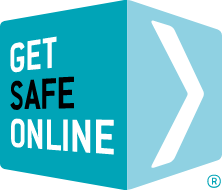The risks
- Because conference calls and videoconferencing sessions are generally pre-arranged, anybody with the dialup and access details – perhaps by seeing the invitation email or using spyware – could gain access to the call.
- When conference calls are made over a VoIP connection, there is a slight risk of eavesdropping because VoIP works over public internet connections. However, the risk is lower than that of using a conventional landline, which can be easily snooped on.
Safe tele and videoconferencing
- Use strong passwords, and do not disclose them to anyone else.
- Do not reveal dial-in details to anybody but the authorised participants in the call.
- If your service includes a public profile, do not reveal any sensitive, private or confidential information in it.
- Consider a managed service. Different providers offer different levels of security, which may include:
- The ability to request a head count which will review the number of participants on the call. This overcomes the issue of an unauthorised participant joining the call early.
- Locking calls once all participants have arrived to stop anyone else joining the call even if they have the right PIN.
- Dual PINs allowing the chairperson tighter control over a call.
- Time-limited PINs which will expire after a call ends.
- If you use Skype for conference calling or videoconferencing, be wary about whom you accept contact requests from. Set up your service to allow connections only from people you know.
- Check regularly with your provider for updates or patches.
- Ensure you have effective and updated internet security software and firewall running.
- Ensure you are using secure Wi-Fi. Do not rely on public Wi-Fi / hotspots being secure, but use your data plan instead, or a VPN.
- After the call, always replace the handset or, in the case of Skype and other video services, click ‘End call’ to ensure that what you say or do subsequently remains confidential.
